How to Unstick a Jammed Log in Your Log Splitter: A Safe Approach
- March 4, 2024
- 0 comment
When it comes to splitting wood, log splitters are invaluable tools that significantly reduce physical labor and time. However, even with the most reliable equipment, encountering a jammed log is not uncommon.
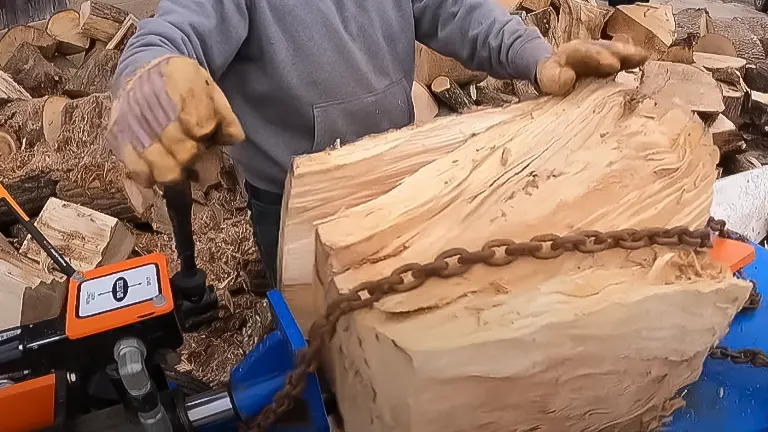
A jam can halt your progress and pose safety risks if not handled correctly. In this comprehensive guide, we delve into six effective methods to safely unjam a log from your log splitter, ensuring you can continue your wood-splitting tasks with minimal interruption.
List of How to Unstick a Jammed Log in Your Log Splitter:
- Power Down and Assess the Situation
- Use the Reverse Function
- Manual Removal with Tools
- Leveraging Hydraulics
- Disassemble and Reassemble
- Seeking Professional Help
Understanding Your Log Splitter
Prior to delving into troubleshooting methods, gaining a foundational knowledge of the mechanical workings of your log splitter is essential. Log splitters are available in a diversity of models, such as manual, electric, and gas-powered, each distinguished by its own set of operating principles.
Acquainting oneself with the particular safety mechanisms and operational instructions of your specific model constitutes the initial measure in effectively managing any complications that may emerge.
Method 1: Power Down and Assess the Situation
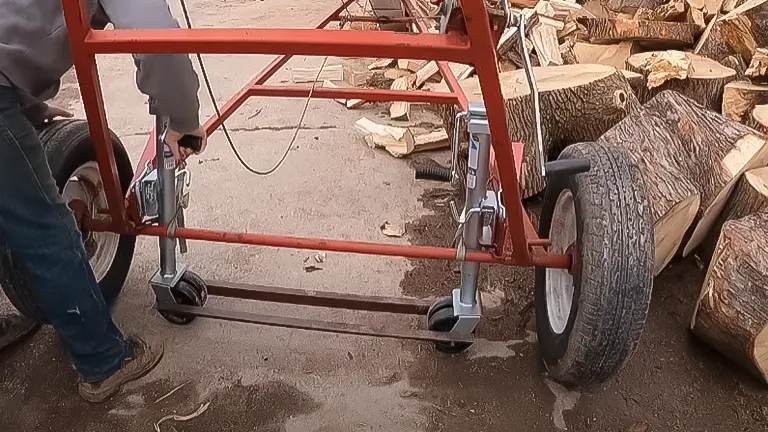
- Safety First: Always turn off your log splitter and disconnect it from its power source before attempting to fix a jam. This precaution prevents accidental activation during the unjamming process.
- Assessment: Carefully examine the jammed log and the splitter’s components to understand why the jam occurred. This insight can help you choose the most effective method for resolving the issue.
Method 2: Use the Reverse Function
Many modern log splitters are equipped with a reverse function specifically designed to deal with jams. Engaging this feature can often dislodge a stuck log without the need for manual intervention.
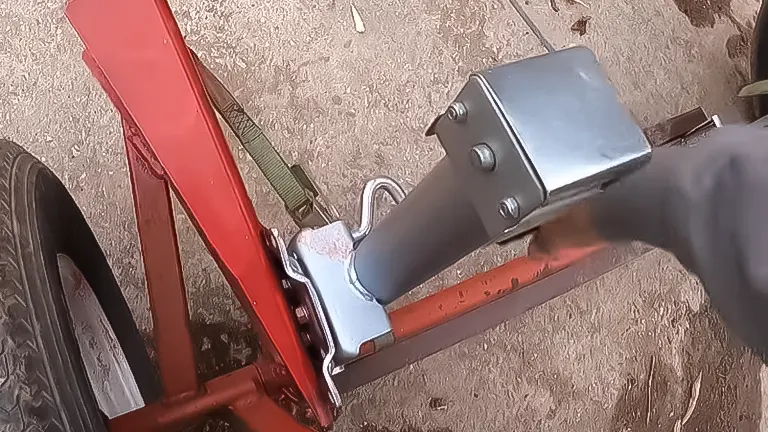
- Engage Reverse: Activate the reverse function according to your model’s instructions.
- Monitor Progress: Keep a safe distance while the log splitter attempts to eject the jammed log. If the log remains stuck, power down the machine and proceed to the next method.
Method 3: Manual Removal with Tools
If the reverse function does not solve the problem, manual removal may be necessary.
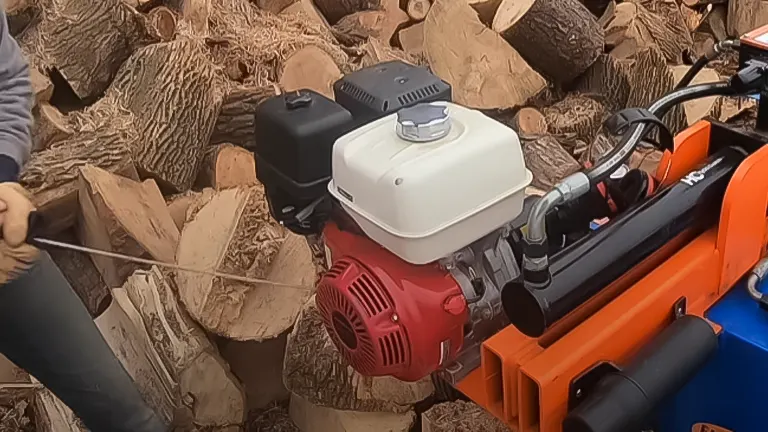
Required Tools: Prepare a set of tools, such as a hammer and wood wedges, to assist in the process.
- Wedge and Hammer: Gently tap a wood wedge into the log from the opposite end of the jam. This action can create enough pressure to dislodge the log.
- Patience is Key: Work slowly and methodically to avoid damaging the log splitter or injuring yourself.
Method 4: Leveraging Hydraulics
For hydraulic log splitters, you can sometimes use the machine’s own pressure to force the jammed log free.

- Cautious Pressure Application: With the machine powered on, carefully apply pressure in the direction opposite to the jam. This method requires a delicate balance to avoid overloading the hydraulic system.
- Continuous Monitoring: Watch the log closely for any movement. If the log begins to shift, stop applying pressure and reassess.
Method 5: Disassemble and Reassemble
In some cases, partially disassembling the log splitter can provide better access to the jammed log.

- Consult the Manual: Refer to your log splitter’s manual for instructions on safely disassembling the necessary components.
- Remove Obstructions: With the log splitter powered off and unplugged, remove any parts obstructing access to the jammed log.
- Clear the Jam: Once you have clear access, gently work the log free from its stuck position.
Method 6: Seeking Professional Help
If all else fails, it’s wise to seek assistance from a professional. Attempting to force a jammed log free with excessive force or improper tools can cause damage to your log splitter or result in personal injury.
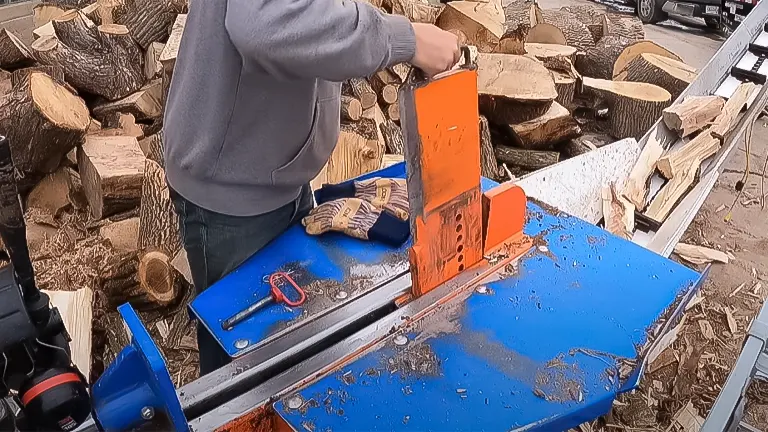
- Manufacturer Support: Contact the manufacturer’s customer service for advice or to schedule a repair.
- Professional Services: Consider hiring a professional service technician who has experience with log splitter repairs.
Preventative Measures
Preventing log jams is always preferable to dealing with them after they occur. Here are a few tips to reduce the likelihood of jams:
- Proper Log Preparation: Ensure logs are properly sized for your splitter and free of excessive knots or irregularities.
- Regular Maintenance: Keep your log splitter well-maintained according to the manufacturer’s guidelines.
- Operational Best Practices: Follow best practices for operating your log splitter, including correct positioning of logs and adherence to safety protocols.
Additional Safety and Maintenance Procedures for Unjamming a Log Splitter
- Regular Inspection and Maintenance
- Routine Checks: Before each use, conduct a thorough inspection of your log splitter, focusing on the hydraulic system, blades, and safety features to ensure everything is in proper working condition.
- Hydraulic Fluid: Regularly check the hydraulic fluid level and quality. Replace or top up as needed to maintain optimal performance and prevent mechanical issues that could lead to jams.
- Use Protective Gear
- Safety Equipment: Always wear appropriate protective gear, including safety goggles, gloves, and steel-toed boots, to protect yourself from potential injuries while operating or servicing the log splitter.
- Hearing Protection: Given the noise level of most log splitters, using ear protection can prevent long-term hearing damage.
- Operate According to Manufacturer’s Guidelines
- Follow Instructions: Adhere strictly to the manufacturer’s operating instructions. Use the log splitter only for its intended purpose and within its specified capacity to avoid overloading and jamming.
- Training: Ensure anyone operating the log splitter is adequately trained and aware of all safety procedures.
- Keep a Clean and Organized Workspace
- Workspace Maintenance: Keep the area around the log splitter clean and free of debris to prevent tripping hazards and ensure a safe working environment. A tidy space also makes it easier to spot and address any issues with the machine.
- Proper Storage: When not in use, store the log splitter in a dry, covered area to protect it from the elements and reduce the risk of rusting and mechanical degradation.
- Implement a Regular Servicing Schedule
- Professional Servicing: In addition to regular user maintenance, schedule professional servicing at least once a year to have all components checked and serviced by a qualified technician. This ensures any potential problems are identified and addressed early, maintaining the log splitter’s safety and efficiency.
Related Articles:
- Log Splitter Oil Change and Hydraulic Fluid Change
- Two Essential Log Splitter Modifications Every Owner Should Consider
- Best 3-Point Hitch Log Splitters
- Best Manual Log Splitters 2024
- Best Log Splitter for the Money 2024
- Wood Splitting Made Easy: The Tire Trick
Final Conclusion
A jammed log in your log splitter can be a frustrating obstacle, but with the right approach, it can be safely and efficiently resolved. By understanding your equipment, employing the correct techniques, and taking preventive measures, you can ensure your wood-splitting tasks proceed smoothly. Remember, safety is paramount; never hesitate to consult a professional if you’re unsure about how to proceed.
Frequently Asked Questions
- What should I do first if my log gets jammed in the splitter?
First, ensure your safety by turning off the log splitter and disconnecting it from its power source. Assess the situation to understand why the jam occurred before attempting any unjamming methods. - Can I use the reverse function on my log splitter to unjam a log?
Yes, if your log splitter is equipped with a reverse function, you can use it to attempt to dislodge the jammed log. Always follow the manufacturer’s instructions when using this feature. - What tools might I need to manually remove a jammed log?
Having a hammer and wood wedges on hand can be helpful for manually dislodging a jammed log. Use these tools carefully to avoid damaging the splitter or causing injury. - Is it safe to use hydraulics to force a jammed log free?
Using the hydraulic pressure can be effective, but it must be done with caution to avoid overloading the system. It’s advisable to apply pressure gradually and stop if the log does not begin to move. - What if I can’t unjam the log using the reverse function or manual methods?
If standard methods fail, partially disassembling the log splitter for better access or seeking professional help are viable next steps. Always refer to your splitter’s manual before disassembling any parts. - Should I attempt to fix a jammed log splitter myself?
You can attempt to fix a jammed log if you feel confident in your ability to safely do so, following the guidelines provided. However, for complex issues or if you are unsure, seeking professional help is recommended. - How can I prevent my log splitter from jamming?
Ensure logs are properly sized and free of excessive knots. Regular maintenance and following operational best practices can also significantly reduce the risk of jams. - What are the risks of trying to unjam a log splitter?
Attempting to unjam a log splitter without proper precautions can lead to personal injury or damage to the machine. Always prioritize safety by turning off and unplugging the machine before attempting any fixes. - Can any type of log splitter get jammed?
Yes, manual, electric, and gas-powered log splitters can all experience jams, although the causes and solutions may vary depending on the type of machine. - Who should I contact if I cannot safely unjam my log splitter?
If you’re unable to safely resolve the issue, contacting the manufacturer’s customer service for advice or hiring a professional service technician experienced with log splitter repairs is advisable.
We’d love to hear from you! Share your personal experiences and thoughts about unjamming a log from your log splitter in the comments section below. Your insights and tips could greatly assist fellow woodworkers and enthusiasts in navigating this common challenge. Let’s help each other make splitting wood safer and more efficient!

Edward Smith
Forestry AuthorWoodworking is about more than crafting; it's a harmonious connection with nature, mastering tools, and preserving our environment. I'm here to share my knowledge and experiences with you, forging a future where we can embrace wood's beauty and utility while safeguarding our forests' health and diversity.






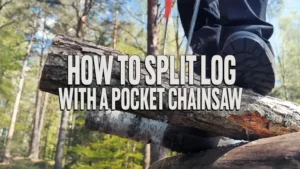
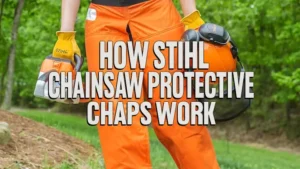





Leave your comment